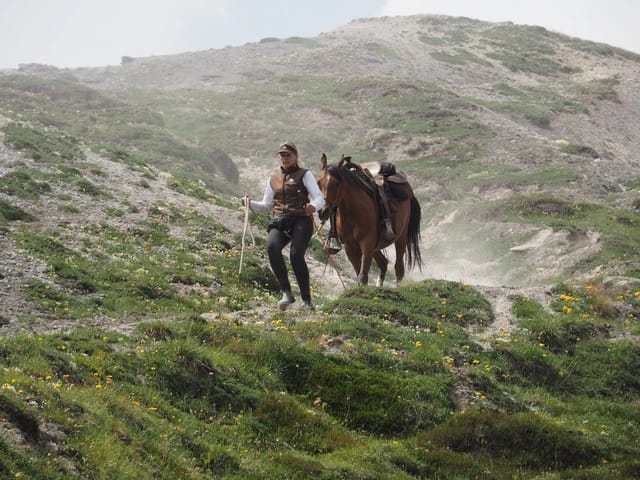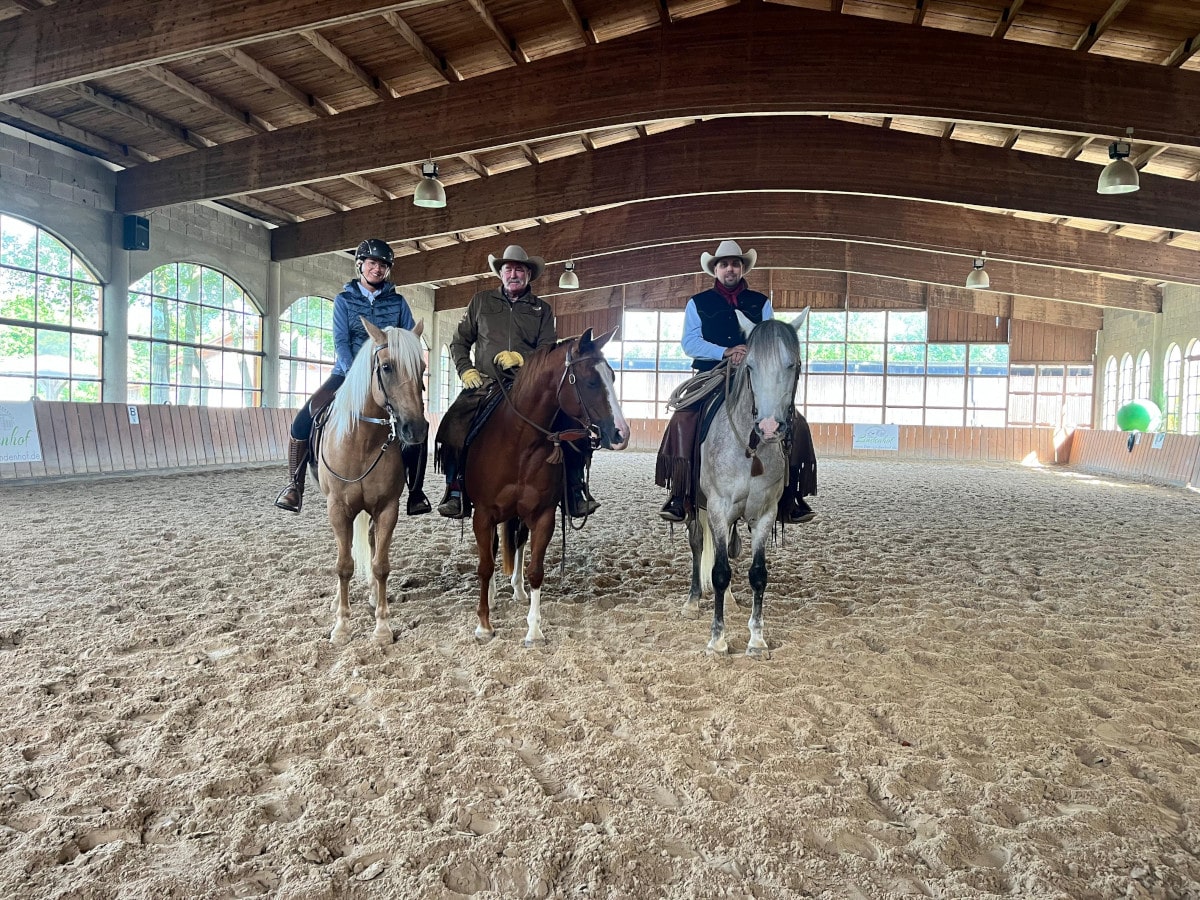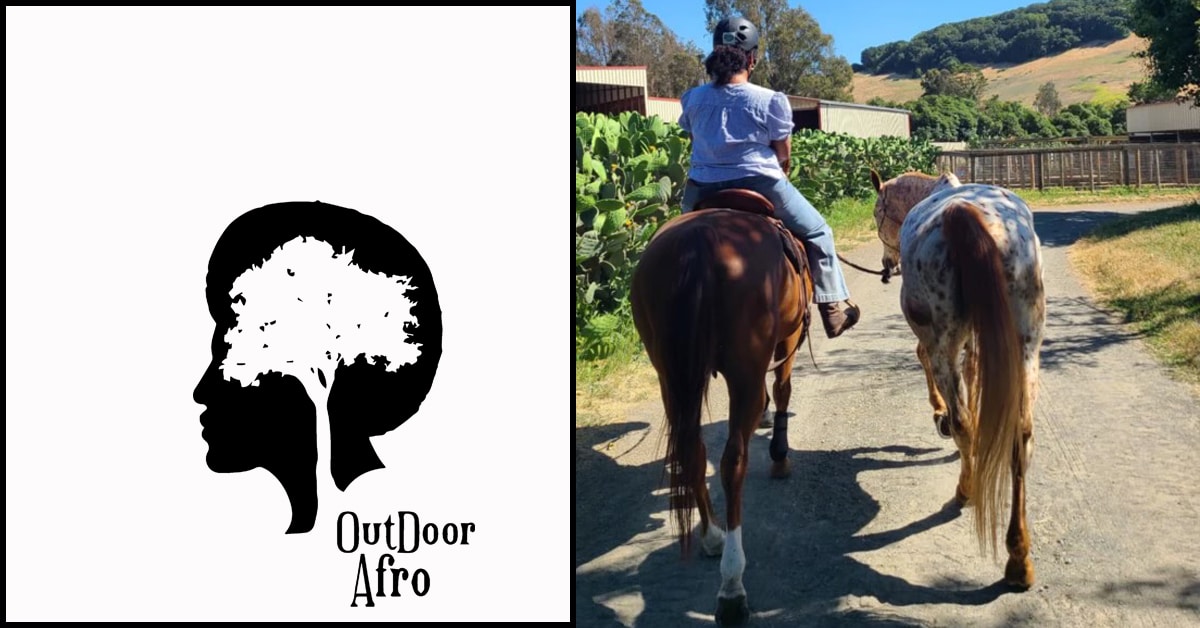Natural Horsemanship Leaders and Their Methods

Natural horsemanship is a philosophy and approach to horse training that emphasizes communication, respect, and understanding between horse and human. It focuses on working with the horse’s natural instincts and behaviors rather than using force or intimidation. This article explores some of the most influential leaders in natural horsemanship and the unique methods they have developed.
Key Leaders in Natural Horsemanship

| Leader | Background | Core Philosophy | Signature Method(s) |
|---|---|---|---|
| Monty Roberts | Former rodeo rider and trainer | “Join-Up” technique to build trust | Join-Up, Non-violent communication |
| Pat Parelli | Horse trainer and clinician | Partnership and play | Parelli Natural Horsemanship Program |
| Buck Brannaman | Clinician and clinician | Gentle, empathetic training | Softness, Body language communication |
| Tom Dorrance | Rancher and horseman | Understanding horse psychology | Observation and feel |
| Ray Hunt | Cowboy and horse trainer | Freedom and respect for the horse | Freedom-based training, groundwork |
Detailed Methods Explained
Monty Roberts: Join-Up Technique
Monty Roberts popularized the “Join-Up” method, which involves the trainer using body language to encourage the horse to voluntarily come to the trainer, signaling trust and willingness to work together. This method avoids force and builds a foundation of mutual respect.
Pat Parelli: Partnership and Play
Pat Parelli’s approach centers on creating a partnership with the horse through games and exercises that mimic natural horse behaviors. His program is divided into four “games”:
- The Friendly Game: Building trust and comfort
- The Porcupine Game: Teaching respect and boundaries
- The Driving Game: Encouraging movement and control
- The Yo-Yo Game: Teaching the horse to come and go on cue
Buck Brannaman: Softness and Empathy
Buck Brannaman emphasizes gentle communication and reading the horse’s body language to create a calm and willing partner. His method focuses on softness, patience, and empathy, often using subtle cues rather than physical force.
Tom Dorrance: Observation and Feel
Tom Dorrance taught that understanding a horse requires careful observation and developing a “feel” for the horse’s responses. His method encourages trainers to be patient and attentive, allowing the horse to express itself and respond naturally.
Ray Hunt: Freedom-Based Training
Ray Hunt advocated for training that respects the horse’s freedom and natural instincts. His groundwork techniques focus on building trust without domination, allowing the horse to make choices and learn through experience.
Frequently Asked Questions (FAQ)
Q1: What is natural horsemanship?
A1: Natural horsemanship is a training philosophy that emphasizes gentle, respectful communication with horses, focusing on understanding their natural behaviors.
Q2: How is natural horsemanship different from traditional training?
A2: Unlike traditional methods that may rely on force or punishment, natural horsemanship uses body language, patience, and positive reinforcement to build trust.
Q3: Can natural horsemanship be used with all horse breeds?
A3: Yes, natural horsemanship principles are applicable to all breeds and disciplines, as they focus on universal horse behavior.
Q4: Is natural horsemanship effective for problem horses?
A4: Many trainers find it highly effective for addressing behavioral issues by fostering better communication and trust.
Conclusion
Natural horsemanship has transformed the way people interact with horses by promoting kindness, understanding, and partnership. The leaders mentioned here have each contributed unique insights and methods that continue to influence horse training worldwide. Whether you are a beginner or an experienced trainer, exploring these approaches can deepen your connection with your horse and improve training outcomes.
